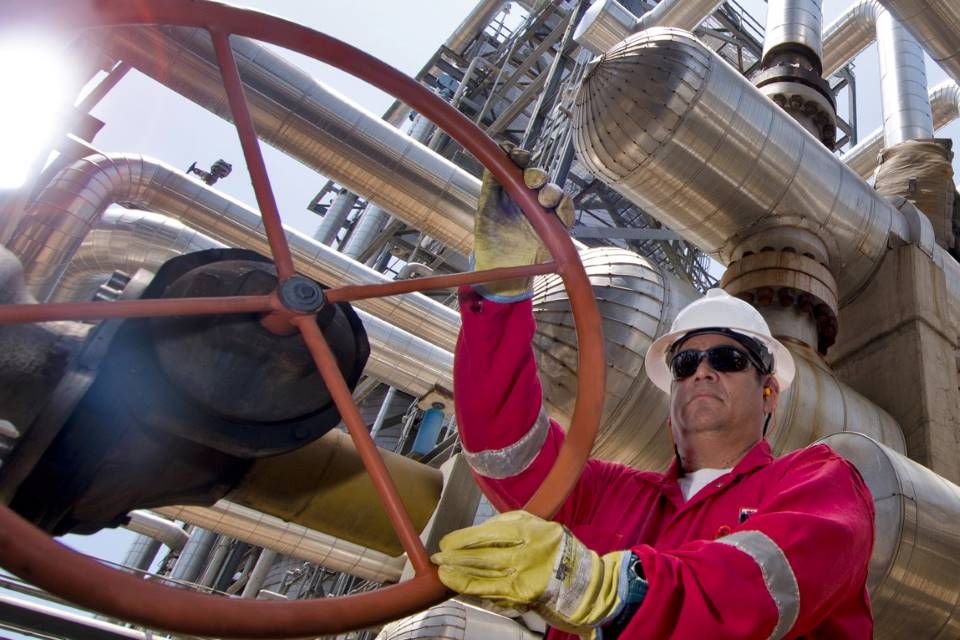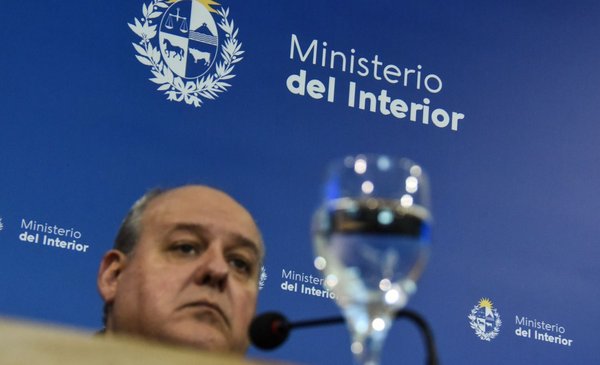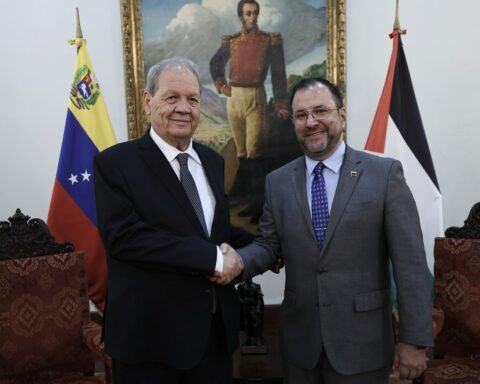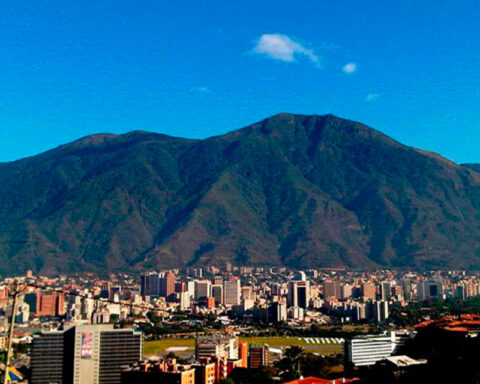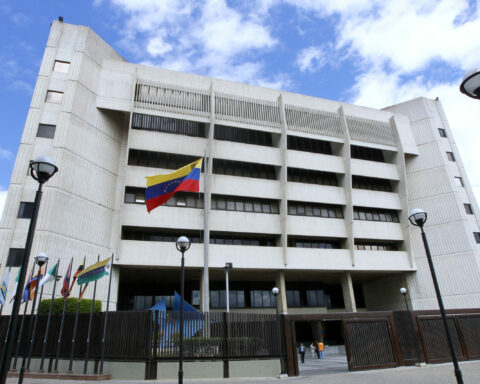According to PDVSA documents seen by SuchWhich, the average production as of September 2022 of the four mixed companies of Chevron and Pdvsa closed at 83,400 b/d, however, the numbers are not equal in each of these companies
The joint ventures of the North American Chevron and the Venezuelan state PDVSA have gone through a series of operational problems that prevent them from increasing their production. Although the US sanctions made operations in the country’s oil fields difficult, the local partner was also unable to do its part due to the theft of equipment at the facilities, the lack of electrical service, the low capacity of the refineries and the shortage of condensate (to generate diluent).
Recently, the Office of Foreign Assets Control (OFAC) issued a new license to Chevron with which it allows it to expand its operations in Venezuela. With this decision, the North American oil company will be able to increase the production of its joint ventures in the country, but the goal seems far away if current figures are taken into account.
According to PDVSA documents seen by SuchWhichthe average production to September of the four mixed companies of Chevron and PDVSA closed at 83,400 barrels per day (b/d), however, the numbers are not even for these companies.
The figures indicate that Petroboscán produced an average of 16,800 b/d and Petroindependiente barely 900 b/d. These two mixed companies belong to the Western Division located in Zulia state. While those located in the Orinoco Oil Belt (Eastern Division) Petropiar produced an average of 49,400 b/d and Petroindependencia 16,300 b/d in the same period.
All the mixed companies that operate in the Orinoco Belt contribute approximately 40% of the country’s total production.
The situation of these oil fields has been up and down, but it tends to have more difficulties to produce. Two sources consulted by SuchWhich They agreed that in January 2022 the four joint ventures of Chevron and PDVSA were operating; then in June, the two located in Zulia reported zero production; while at some point between October and November Petroindependencia had fallen in the east. “According to the latest available reports, only Petropiar would be producing above 20 thousand barrels per day”, said one of the sources who preferred to remain anonymous because they were not authorized to declare on the subject.
Total Venezuelan oil production is still low. The latest monthly report from the Organization of Petroleum Exporting Countries (OPEC) with data from October, indicated that the information provided by the Ministry of Petroleum was 717,000 b/d, which meant 51,000 b/d more than in September, but lower than the data registered in the first two first quarters of 2022.
The administration of Nicolás Maduro has set a goal of reaching 2 million b/d by the end of 2022, which has been difficult to achieve.
Petropiar continues to be the star project of Chevron in Venezuela because the business stages are all integrated from the wellhead to the upgrader that it partially controls. Just this week, the agency Bloomberg published that the North American company will be in charge of the operational control of the upgrader in the José Petrochemical Complex Anzoátegui in Barcelona, Anzoátegui state.
The news agency added that Chevron will process crude oil from the Belt that will be sent to US refineries located in the Gulf of Mexico. By the way, for this Wednesday, November 7, the visit of the Minister of Petroleum, Tareck El Aissami, to the Petropiar upgrader is scheduled.
Seen the information of Bloomberg, it is highly probable that any investment made by Chevron will be carried out first in the Eastern Division. In the PDVSA reports on Petropiar, it is highlighted that the problems of this joint venture range from “the lack of incorporation of originally completed wells, failure to pump fluids to the wells for stimulation or mechanical cleaning, non-execution of IAV, low inventories of diluent, failure in the national electrical system, presence of solids in diluent that causes obstruction of filters and pump suction lines and subsequent field stoppage.
In these joint ventures, Chevron has the capacity to produce 200,000 b/d, but first will have to deal with the recovery of the infrastructure and reach various agreements with its partner Pdvsa so that it executes various actions to improve the operability of the fields and upgraders, among them, the availability of electrical service. For now, the analyst consensus is that these fields will be able to increase their numbers within one to two years.
*Read also: El Aissami forgot to explain the new agreements signed with Chevron
Post Views: 864

